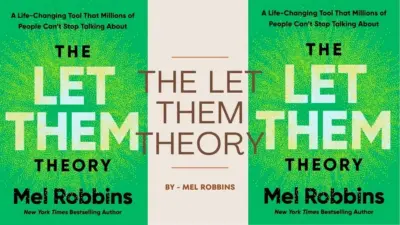Alice Feeney’s latest psychological thriller, Beautiful Ugly, delves into the complexities of marriage, grief, and the elusive nature of reality. Set against the haunting backdrop of a remote Scottish island, the novel masterfully intertwines suspense with emotional depth, keeping readers engaged from start to finish.
Plot Overview
The narrative centers on Grady Green, a once-successful author whose life unravels following the mysterious disappearance of his wife, Abby. On what should have been a triumphant day, Grady calls Abby to share exciting news, only to hear her sudden distress before the line goes dead. He later discovers her abandoned car near a cliff, with no trace of her whereabouts. A year later, consumed by grief and unable to write, Grady retreats to the secluded Isle of Amberly in Scotland, seeking solace and inspiration. There, he encounters a woman bearing an uncanny resemblance to Abby, propelling him into a labyrinth of mystery and self-doubt.

Atmospheric Setting
Feeney’s depiction of the Isle of Amberly is both enchanting and foreboding. The island’s isolation, unpredictable weather, and peculiar inhabitants create a sense of unease that permeates the narrative. The absence of modern conveniences, such as telephones, and the island’s eerie silence—noticeably devoid of birdsong—amplify the tension. This atmospheric setting serves as a perfect backdrop for Grady’s psychological descent, blurring the lines between reality and imagination.
Character Development
Grady Green emerges as a complex and unreliable narrator. His profound grief and escalating paranoia render him both sympathetic and suspect. As the story unfolds, glimpses into his past, particularly his relationship with Abby, reveal imperfections that challenge initial perceptions. This layered character development invites readers to question the authenticity of Grady’s experiences and the validity of his narrative.
Thematic Exploration
At its core, Beautiful Ugly examines the dualities inherent in human relationships—the beautiful and the ugly, the known and the hidden. Feeney delves into themes of trust, deception, and the transformative power of grief. The novel’s title itself reflects the oxymoronic nature of its content, with each chapter heading presenting an oxymoron that underscores the contradictions within the story.
Narrative Structure and Pacing
The novel employs a dual timeline, alternating between the present and flashbacks from Abby’s perspective before her disappearance. This structure enriches the narrative, gradually unveiling secrets and building suspense. While some readers may find the initial pacing deliberate, it effectively mirrors Grady’s psychological state, with tension escalating as the plot progresses toward its unexpected conclusion.
Critical Reception
Beautiful Ugly has garnered praise for its atmospheric storytelling and intricate plot twists. Reviewers commend Feeney’s ability to craft a suspenseful narrative that keeps readers guessing. The novel’s setting, character development, and thematic depth have been highlighted as standout elements contributing to its acclaim.
Conclusion
Alice Feeney’s Beautiful Ugly is a compelling addition to the psychological thriller genre. With its atmospheric setting, complex characters, and intricate plot, the novel offers a thought-provoking exploration of the dualities present in human relationships and the mysteries that lie beneath the surface. Fans of Feeney’s previous works and newcomers alike will find themselves captivated by this haunting tale.
Also Read: The Let Them Theory: By Mel Robbins (Book Review)



